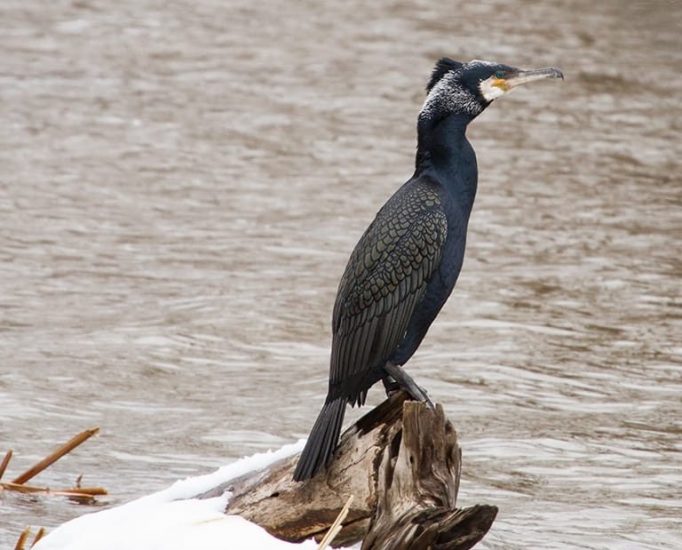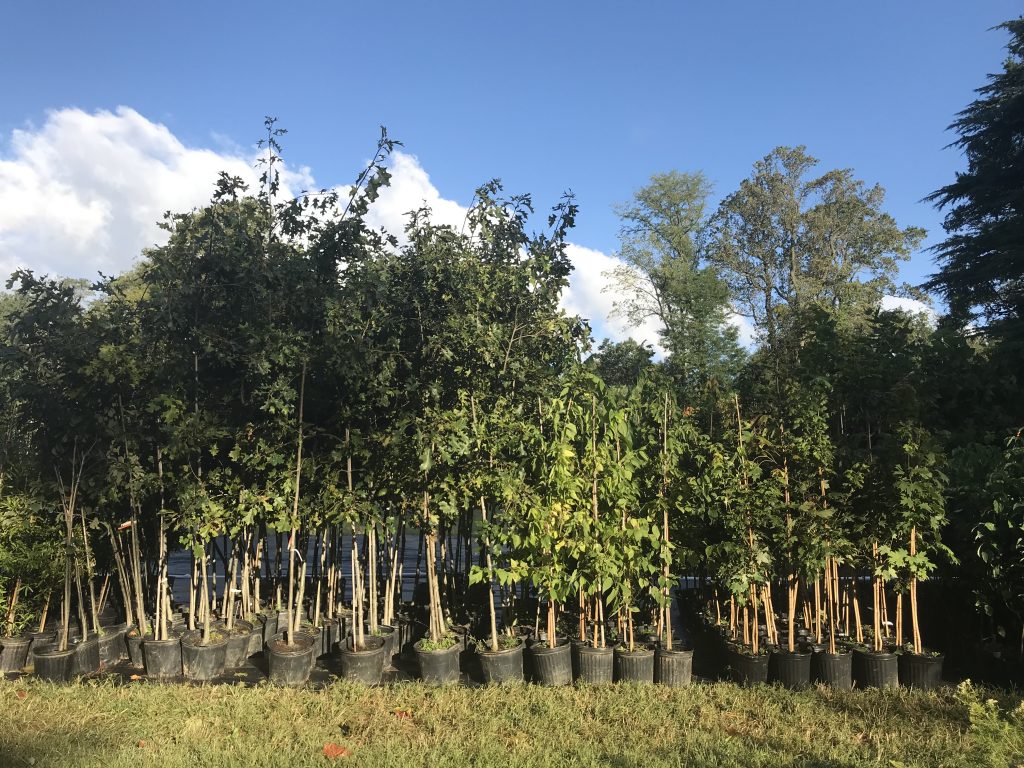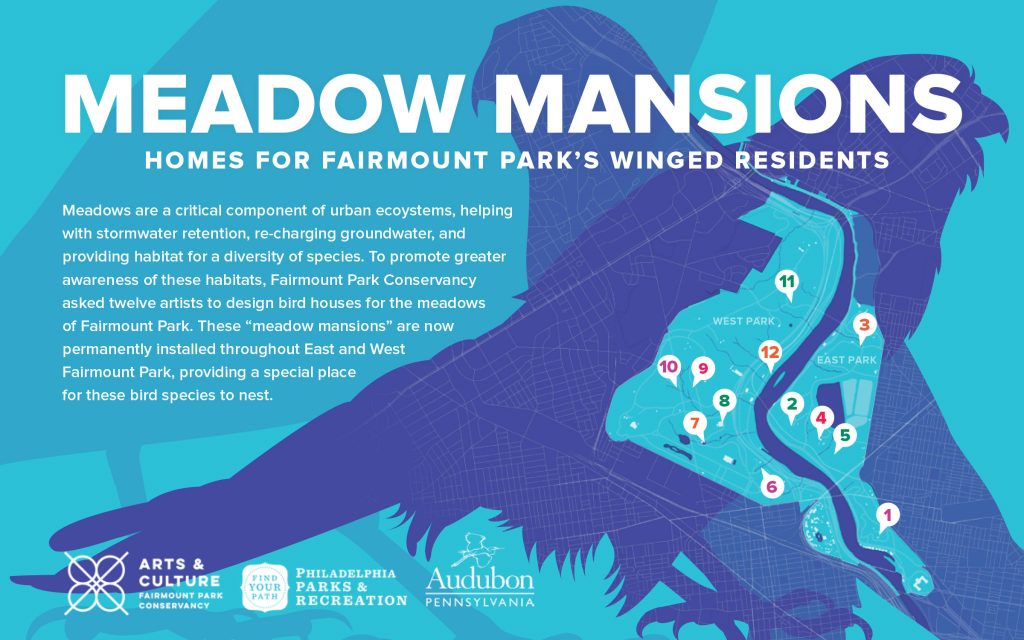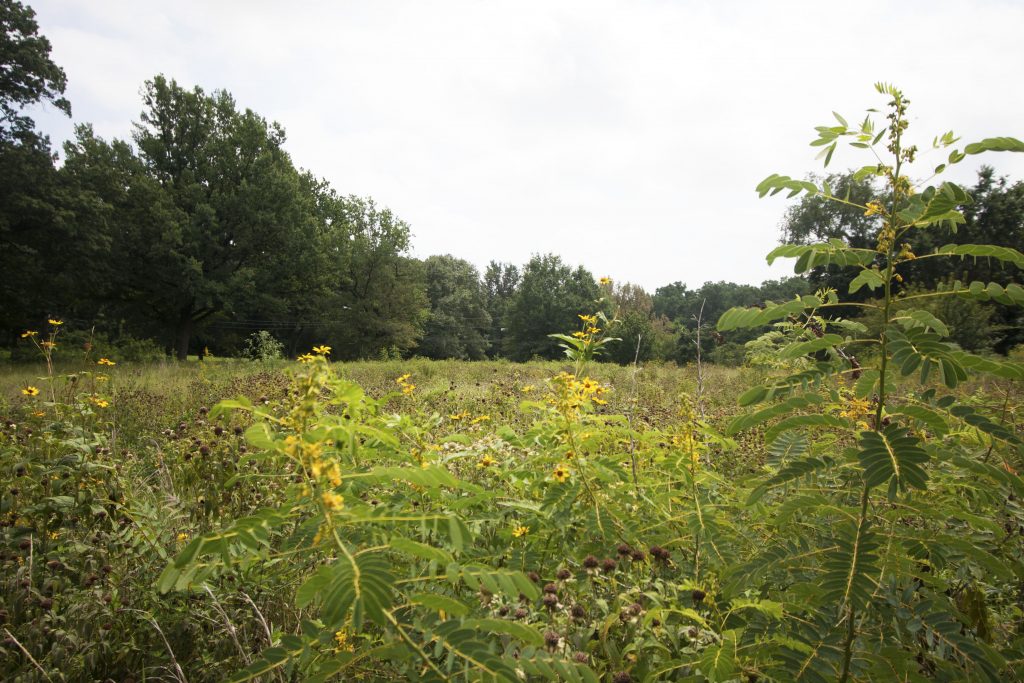Have you ever noticed the large black birds that perch on the wire across the Schuykill at the Fairmount Waterworks? These birds are Double-crested Cormorants (DCCO). Cormorants are primarily fish-eating birds that are in the bird order Sulidae. This group includes boobies/gannets, frigatebirds and the darters (also called anhingas). These birds all share a common evolutionary ancestor, inhabit aquatic habitats, and eat primarily fish, crustaceans, and squid.
Cormorants look similar to pelicans and were formally considered closely related; however, molecular research has shown that they are only distantly related. They are even further apart on the tree of evolution from geese and ducks. In fact, cormorants have all four toes webbed, while ducks and geese only have three. Cormorants feed by pursuing their prey underwater and catching it with the hooked tip of their long bills. They surface to flip the prey headfirst and down their throats. Cormorants are known for their holding their wings straight out to the side while perching. Some ornithologists think this is to dry their feathers, while others suspect it is for thermoregulation.
Of the approximately 40 species of cormorant in the world, Philadelphia has two, with Double-crested being vastly more common. The other species, the Great Cormorant, is only a winter visitor to the deep waters of the Delaware River – its breeding colonies are located on offshore islands in Maine and Canada.
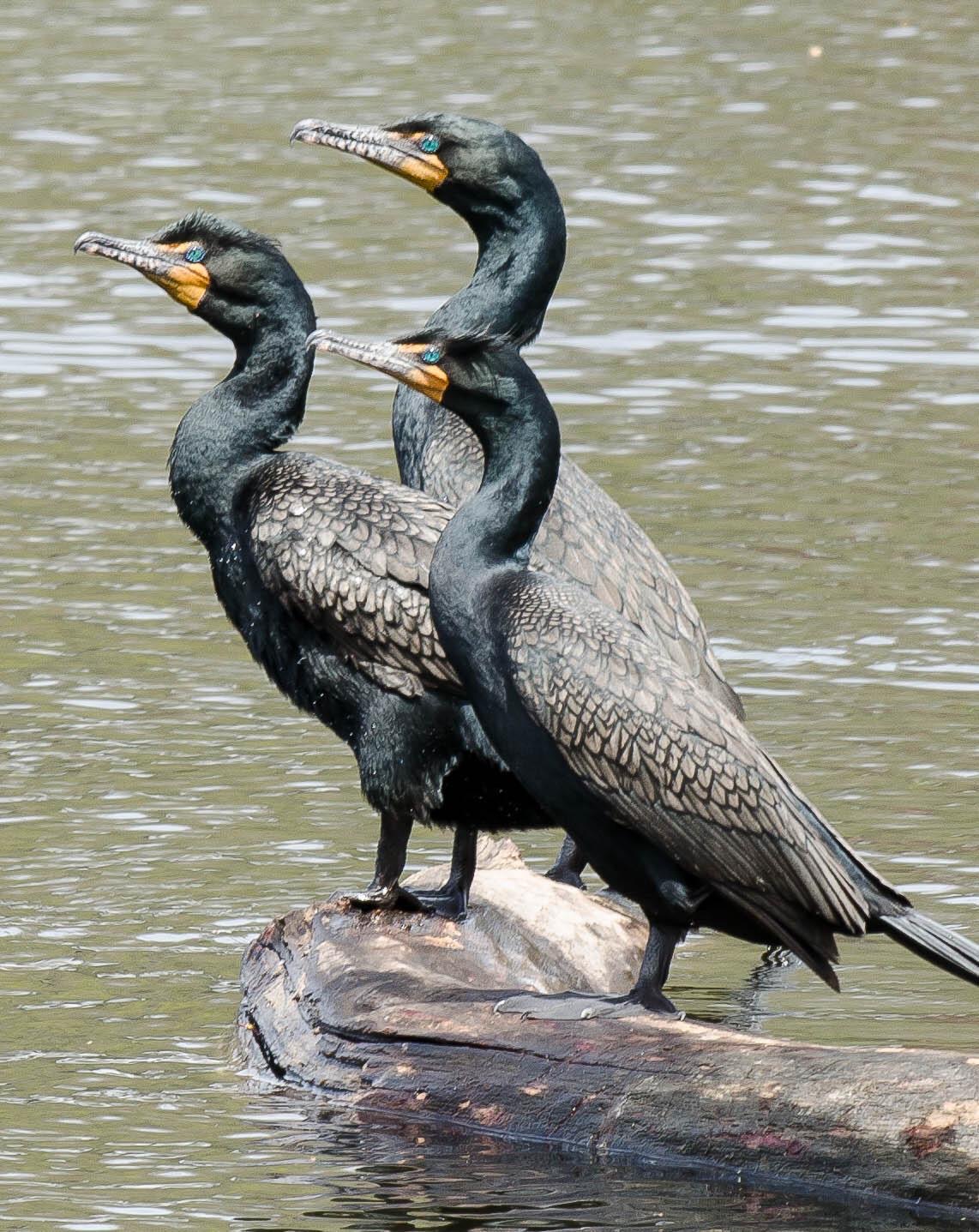
Photo by Bo Hopkins
Double-crested cormorants are named for tufts of feathers on either side of their heads-behind their eyes, that they grow prior to breeding. DCCOs are slightly smaller in length and wingspan than a Canada goose, but they weigh less than half as much. DCCOs nest in colonies in trees on islands in rivers and other bodies of water. They do extremely well around people and their numbers are increasing.
DCCOs have been known to take over other heron and other waterbird colonies and push other birds out – I’ve seen this myself. In Heislerville, New Jersey, there was a Great Egret, Snowy Egret, and Black-Crowned Night-Heron colony that was very popular with birders. DCCOs started nesting there and all the other birds are gone, and the cedar trees have all died due to the cormorant waste. Cormorants have also started nesting in the Great Blue Heron colony on Amico Island, NJ. This colony can be viewed from Pleasant Hill Park in Northeast Philly. Out west cormorants have even been culled because their swelling population impacts salmon recover efforts.
But seeing large numbers of cormorants is not all bad news. Their numbers have rebounded from when the pesticide DDT decimated fish-eating bird populations. Seeing these birds on the Schuylkill is an indication of the major improvement in water quality from the turn of the century. I love them. Despite being ubiquitous, I always stop and put my binoculars on the wire to get a good look at the Waterworks cormorants.
Philadelphia native Tony Croasdale started birding at about nine years old. He is a graduate student at St Joseph’s University studying invertebrates on native vs. alien shrubs. Tony has performed field research in the Canadian Arctic, Alaska, Brazil, Peru, and in the Mid-Atlantic. He is currently an Environmental Education Program Specialist at Philadelphia Parks & Recreation.
Got a question about birds for Tony? Email info@myphillypark.org to have all of your birding questions answered!
*Main photo by Chuck Homler.
